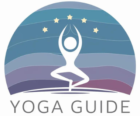Introduction
Thyroid symptoms include hair loss, constipation, dry skin, and increased irritability. If you are suffering from thyroid problems today, you should include these 5 yoga poses in your routine before taking medicine.
Medical management is entirely based on symptoms. So no disease can be completely cured. So yoga plays an important role in the management of this disorder. Along with these symptoms, the causes of the disease are also sought.
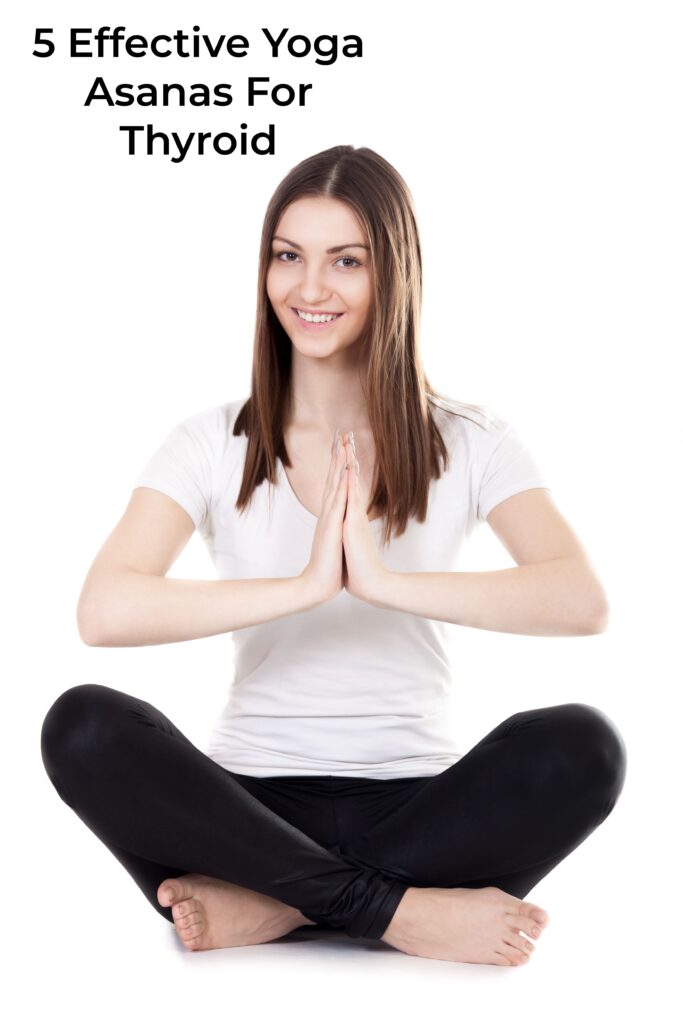
So that it can be treated from the root. Doing various yoga poses increases blood circulation in the body. Yoga helps to restore the hormonal balance in the city by stimulating the thyroid and pituitary glands. There are certain yoga poses that help to get rid of thyroid problems. So try to include them in fitness protein.
What is Thyroid and the problems it causes
The thyroid gland produces hormones that help your body function as a whole. When the thyroid produces too many hormones, your body uses up energy too quickly. This is called hypothyroidism. When the hormone production is low, it is called hypothyroidism. Thyroid causes fatigue, constipation, dry skin, voice changes, hair loss, etc.
Read More 5 EFFECTIVE YOGA ASANAS TO INCREASE HEIGHT
Is yoga effective for improving thyroid function?
Yoga is often a holistic exercise involving your mind and body and spirit. Works to manage stress and improve muscle strength and flexibility in the body.
How effective are yoga for thyroid?
One finding suggests that yoga has many benefits in relieving symptoms associated with an overactive and underactive thyroid gland. Not only does thyroid function improve, some yoga practices also increase thyroid hormone regulation.
Please keep in mind that yoga is an alternative treatment and is not intended to replace your medications or directly prescribed by your doctor. These are done in combination to support your thyroid health.
Read More 5 Powerful Yoga Poses To Help Boost Your Fertility
Which Yoga Asana Improves Thyroid Function?
One thing to focus on while choosing different yogas for both hypothyroidism and hyperthyroidism is to be a throat entrepreneur.
Most yoga poses improve thyroid function by improving blood circulation and energy around the thyroid gland.
If this is your first time doing yoga to improve and regulate thyroid function, you should do it under the guidance of a trainer. Recommend this. Let us know the right poses and how to do them before you start yoga on your own.
These 5 yoga poses given below can be helpful in controlling thyroid problems.
1.Tadasana
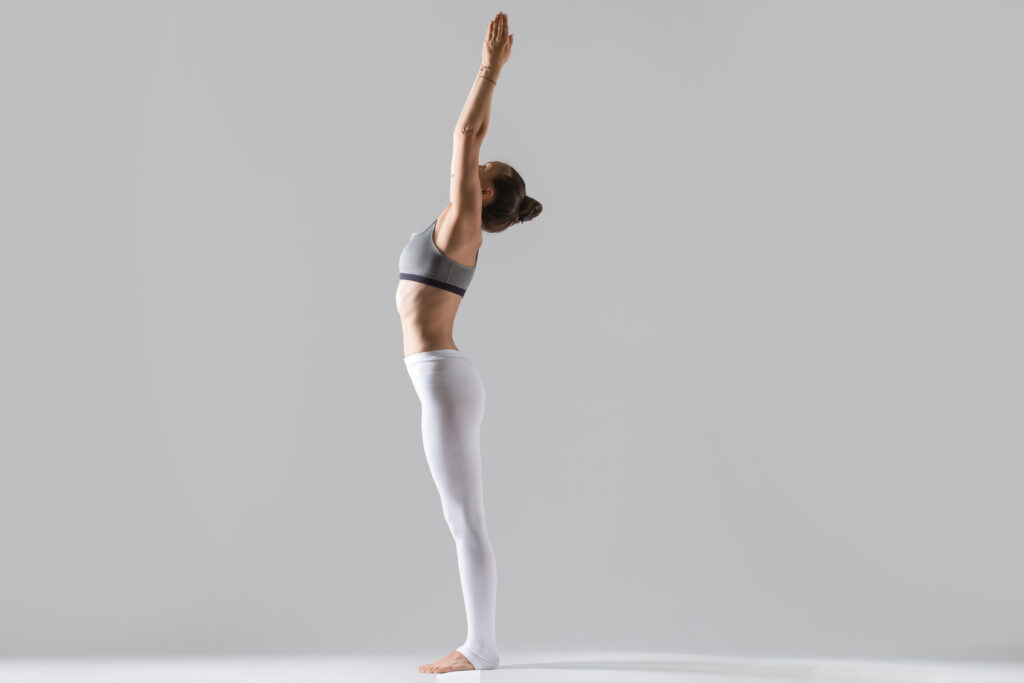
How to do
1. Stand up straight with your feet two inches apart.
2. Rotate the wrist outward, interlocking the fingers. Inhale, raise your hands and place them at shoulder level.
3. Balance on your toes by lifting your heels off the floor.
4. You can hold this position for up to ten seconds.
5. Lower the heels while exhaling.
6. Leaving the fingers interlocked, lower the arms parallel to the strong and come to a standing position.
Caution: Do not do this asana if you have heart related complaints, dizziness etc.
2.Urdhva Hastottanasana
How to do
1. Keep your things together and stand up straight.
2. Raise your hands and interlace your fingers.
3. Gently bend the body to the left while looking up and straight.
4. Bend down from the waist while exhaling.
5. You can hold this position with normal breathing for twenty seconds.
6. Return to the center and repeat this exercise on the other side.
Caution: People with severe shoulder pain should avoid this asana.
3.Half-wheel pose (Ardha Chakrasana)
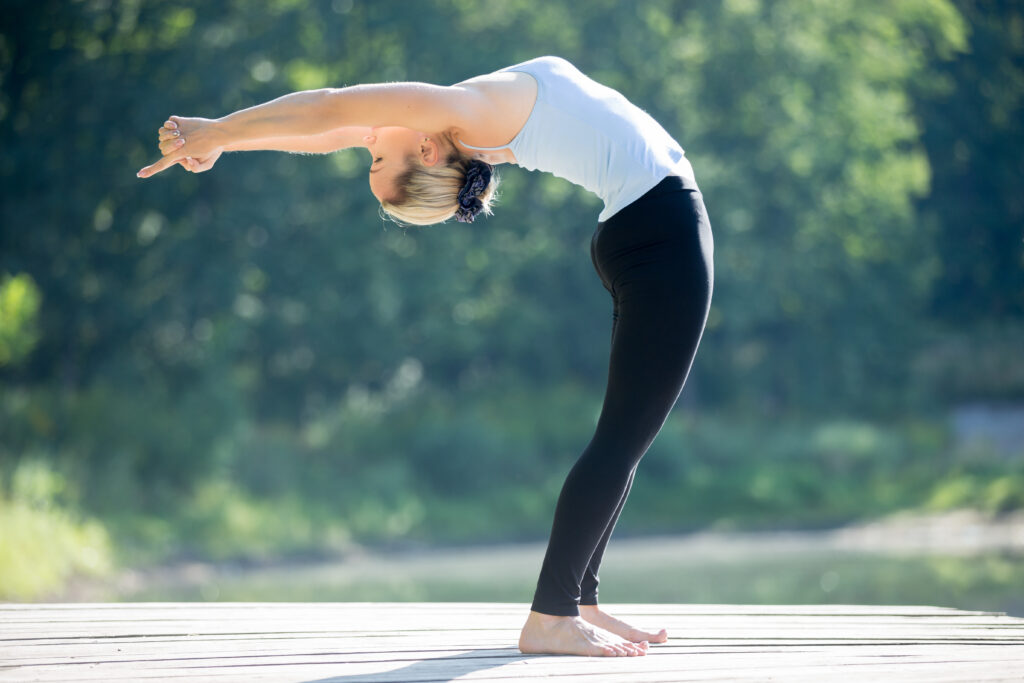
How to do
1. Support the lower back while extending all the fingers forward together.
2. Stretch the neck muscles by bending the head back.
3. Breathe in and relax by bending back from the waist.
4. You can hold this posture for ten to thirty seconds with normal breathing.
5. Inhale and exhale gently.
Caution: Please avoid this asana if you are prone to dizziness or vertigo. Patients with high blood pressure should bend with caution.
4. Natarajasana
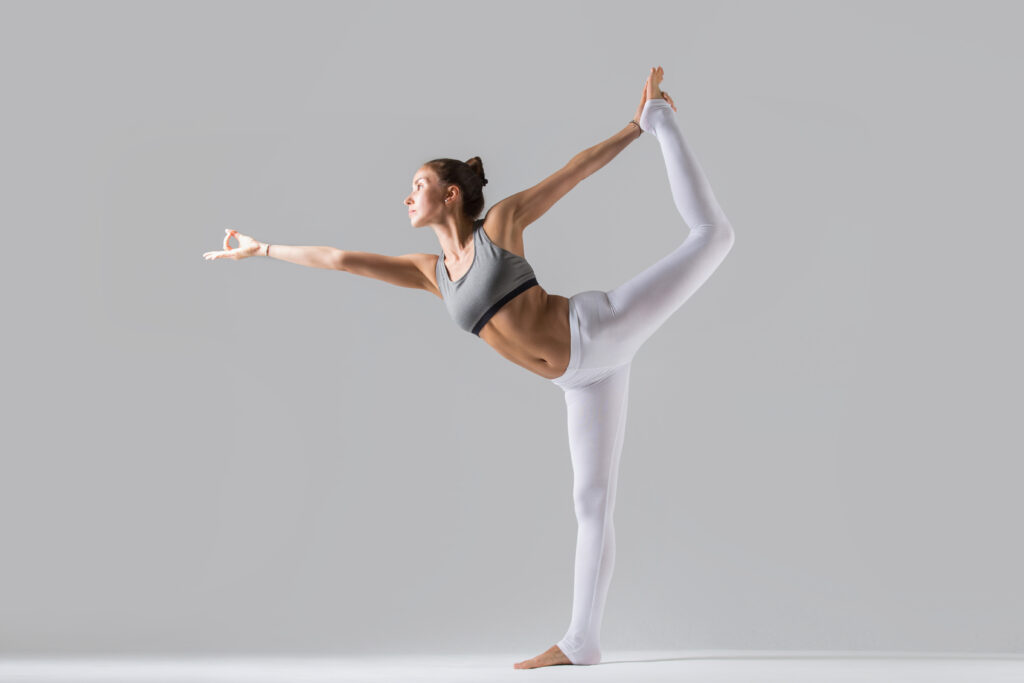
How to do
1 Stand straight with feet together.
2. Focus on one point.
3. Bend the right knee and hold the ankle behind the body with the hand.
4. Balance by keeping both knees together.
5. Gently lift the right leg as high as possible.
6. Be careful not to bend the right hip and lift the leg straight behind the body.
7. Reach forward with your left hand and bring the tip of the index finger forward
8. Bring the thumbs of the left hand together to make Jnanamudra.
9. Keep your eyes on the left hand.
10. This is the final position and you can hold this position for ten seconds.
11. Keeping the left hand down, bring the knees together and place it under the right foot.
12. Lower the foot to the floor by extending the right ankle forward.
13. Rest the right arm by the side, and then start this yoga pose again with the left leg.
Caution: Individuals who have problems with low blood pressure, knee and hip injuries should avoid this practice.
5. Virabhadrasana
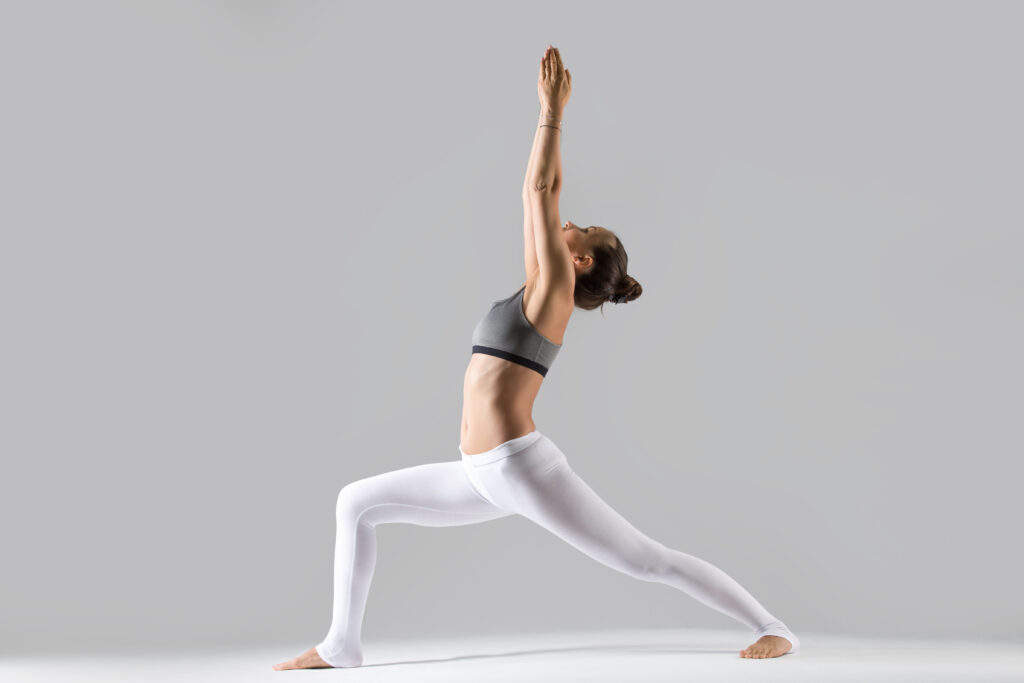
How to do
1.Stand up straight and keep your feet three to four feet apart.
2. Turn the opposite leg out 90 degrees. Turn the left leg inwards.
3. Make sure the heel of the right foot is completely in line.
4. Raise both hands and bring them to your shoulder height. Extend upwards.
5. Keep your hands parallel to the floor.
6. Raise both hands and turn the head and torso to the right.
7. Bend the right knee while taking a deep breath and exhaling.
8. Keep the right knee and right ankle in a straight line.
9. As you get comfortable in the pose you want to push yourself further.
10. Push down the arm and range
11 You can hold this pose for up to 30 seconds.
12. Come out of this pose with a breath. Bring the arms down while exhaling. And with some rest. Repeat this pose from the left leg.
Caution: People suffering from knee pain, neck and back pain, arthritis should avoid this.
